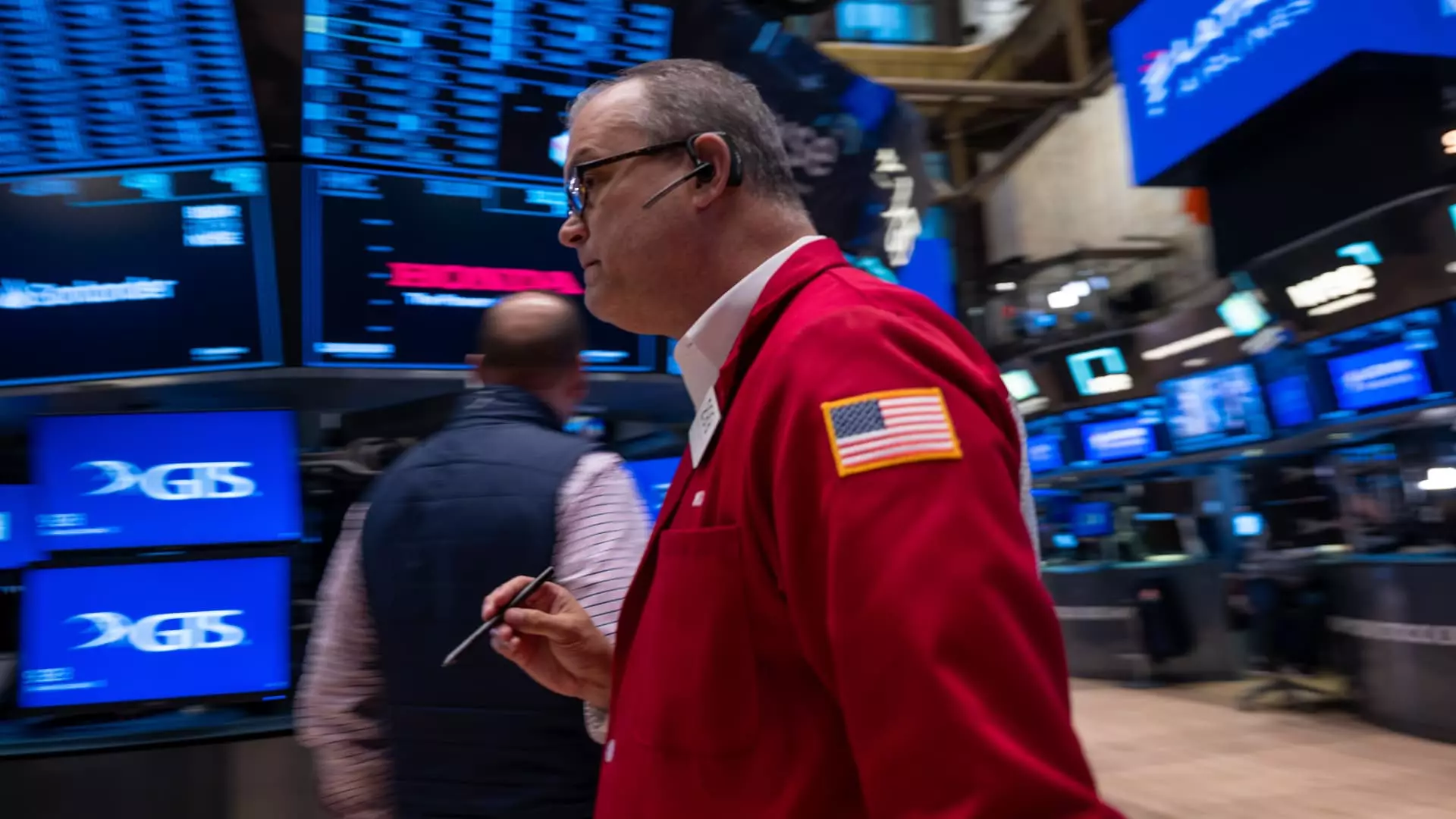On a recent Tuesday, the financial markets displayed a noticeable uptick, led by the S&P 500, as traders steeled themselves for the impending results of the U.S. presidential election. The market rebound saw the S&P 500 increase by 0.7%, while the Nasdaq Composite experienced a nearly 1% lift, and the Dow Jones Industrial Average added 195 points (approximately 0.5%). This surge signaled investor optimism, but not without underlying tensions connected to the election’s potential outcome.
Election Dynamics and Market Sentiment
Current polling trends have translated into apprehension, particularly with a neck-and-neck race between former President Donald Trump and Vice President Kamala Harris. Investors are acutely aware that shifts in Congressional control could profoundly impact fiscal policies—including spending and taxation—which are crucial elements that dictate market performance. Thus far, the anticipation of possible outcomes has created a somewhat volatile atmosphere as traders navigate this uncertain terrain, amplifying the likelihood of fluctuations leading up to and following the election results.
Historical Context of Election Influences on Markets
Historically, the aftermath of U.S. elections has had varied effects on stock market performance. Data from CNBC, extending back over four decades, reveals a tendency for major indices to gain momentum between Election Day and the end of the calendar year; however, initial post-election volatility is often observed. Investors might want to prepare for potential market instability immediately succeeding the voting, compounded by the uncertainty that accompanies such pivotal political changes.
Amidst all the speculation, market experts like Alicia Levine, who heads investment strategy and equities, provide some reassuring perspectives. In a recent appearance on “Squawk Box,” Levine noted a positive outlook regardless of who emerges victorious. She highlighted the likely scenario of a divided Congress, which could be favorable for sustaining market stability. This sentiment is crucial as it suggests that investor confidence may remain intact, regardless of drastic electoral changes.
In parallel to the political backdrop, attention also turns to the Federal Reserve’s forthcoming monetary policy meeting and its implications for interest rates. The consensus among traders seems to point towards a high probability (98%) of a quarter-point cut following a recent half-point reduction in September. Such monetary easing may provide additional support for economic growth, bolstering investor sentiment.
Earnings Reports and Market Volatility
Furthermore, corporate earnings reports play a pivotal role in shaping market dynamics. Notably, Palantir Technologies saw its stock surge by 16% after delivering impressive quarterly results and positive future revenue guidance. In contrast, NXP Semiconductors faced a decline of 7% due to a weaker outlook exacerbated by broader economic concerns. The juxtaposition of these earnings illustrates the mixed signals that investors are navigating.
The S&P 500’s noteworthy performance so far this year—growing over 19%—suggests resilience in the face of pre-election jitters, setting up a scenario where markets are just 3% shy of their record highs. As we approach these critical junctures—both political and economic—it’s evident that investors are poised for potential volatility, but also for opportunities that may arise from the swirling uncertainties ahead.


Leave a Reply